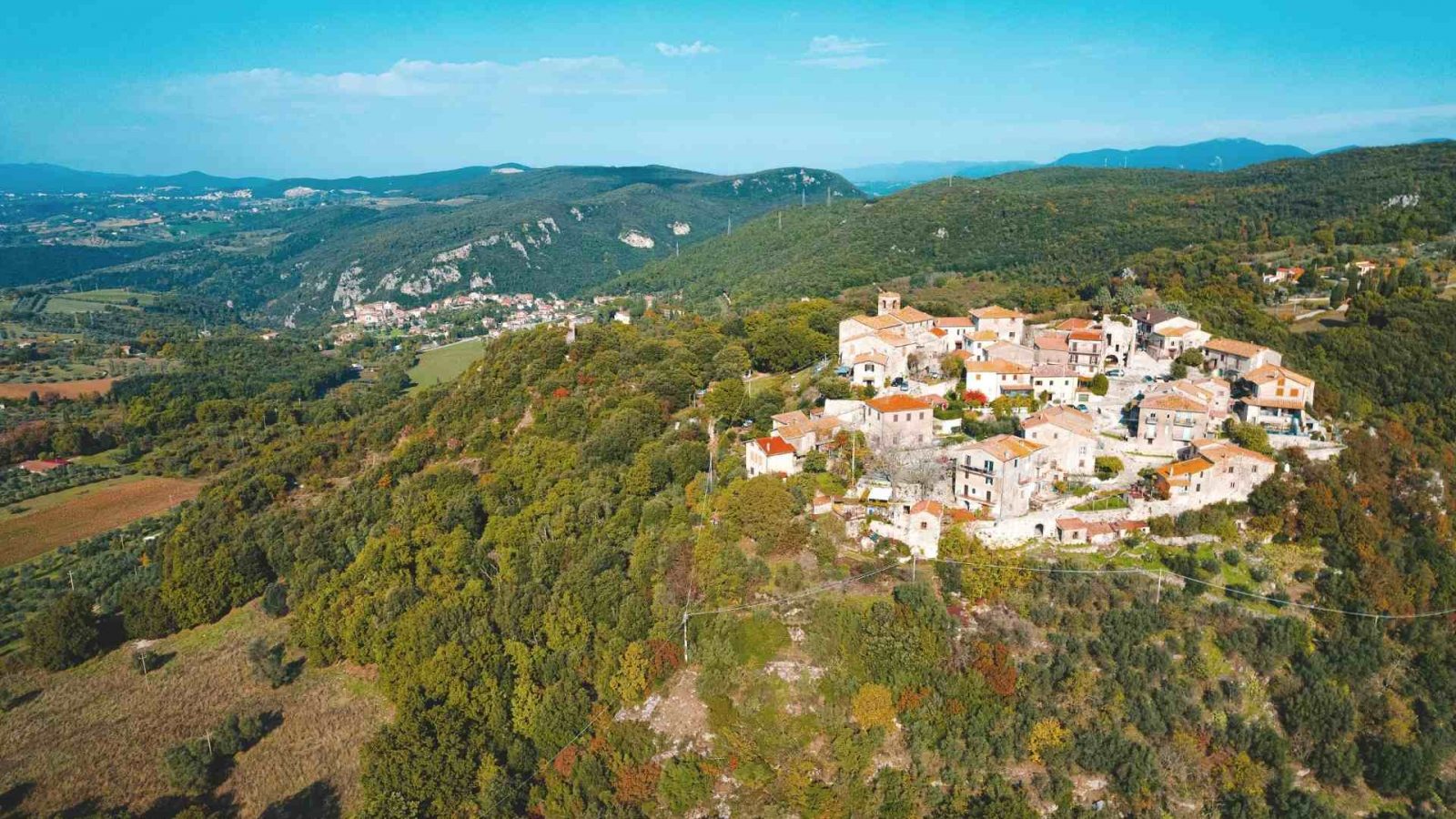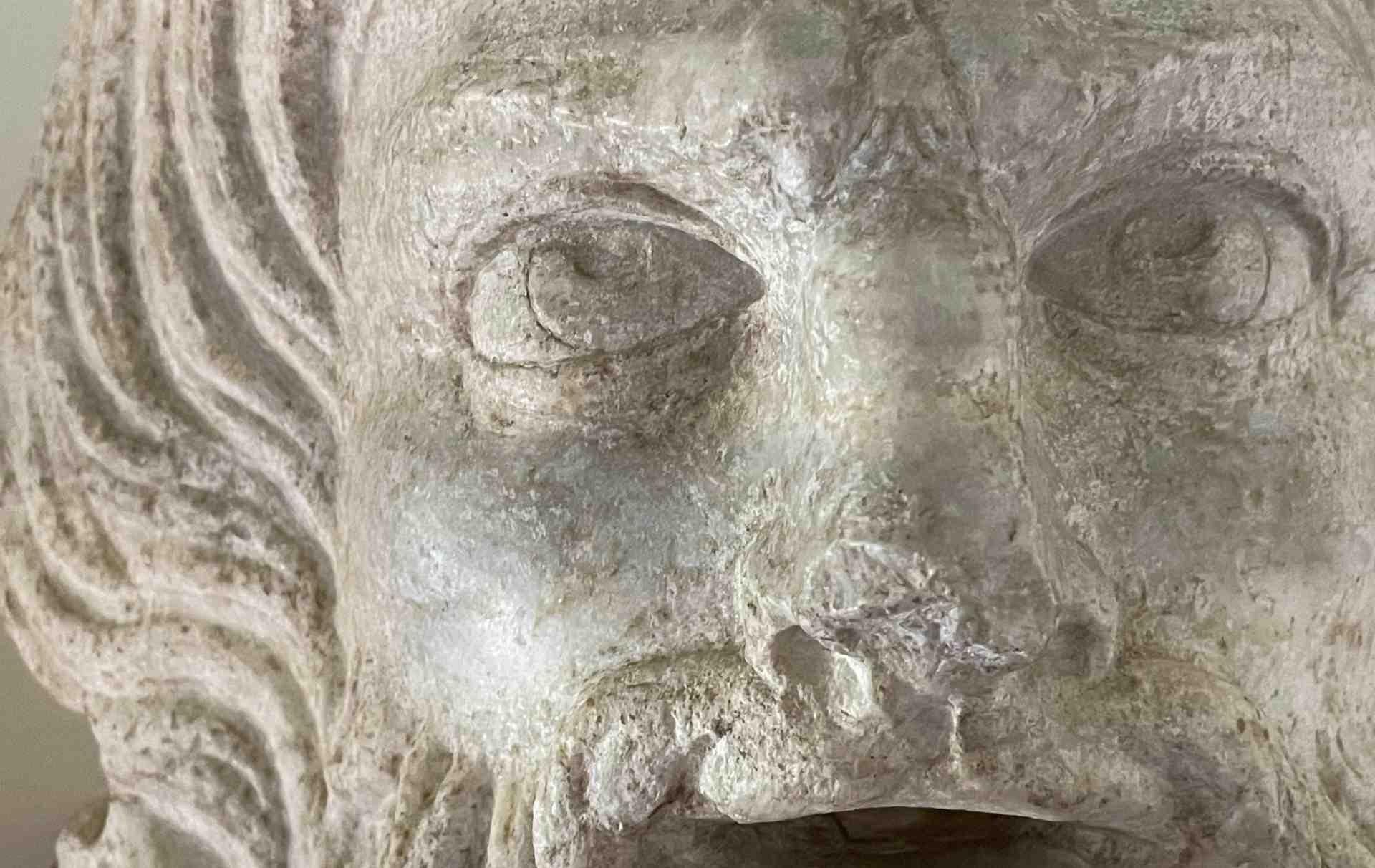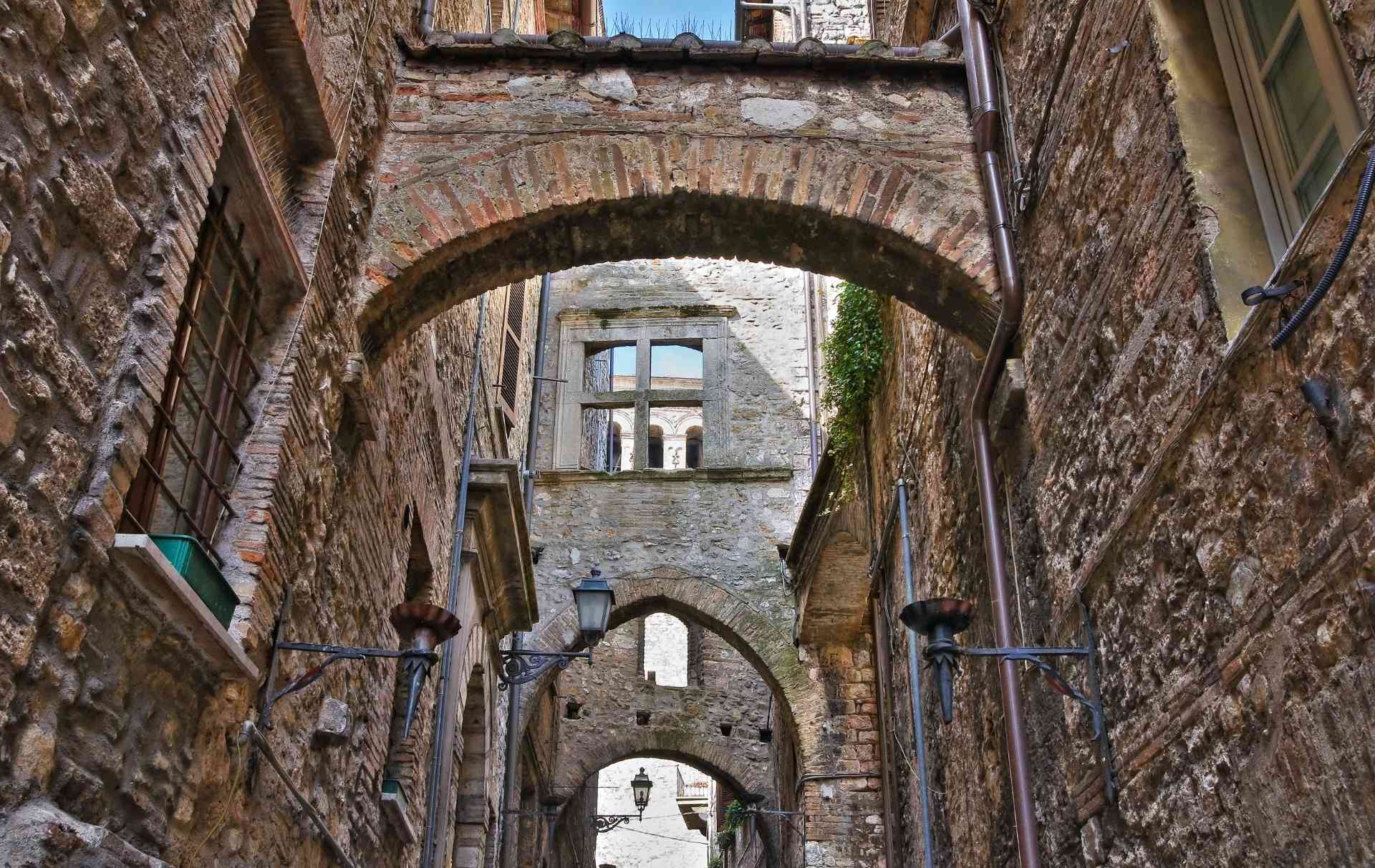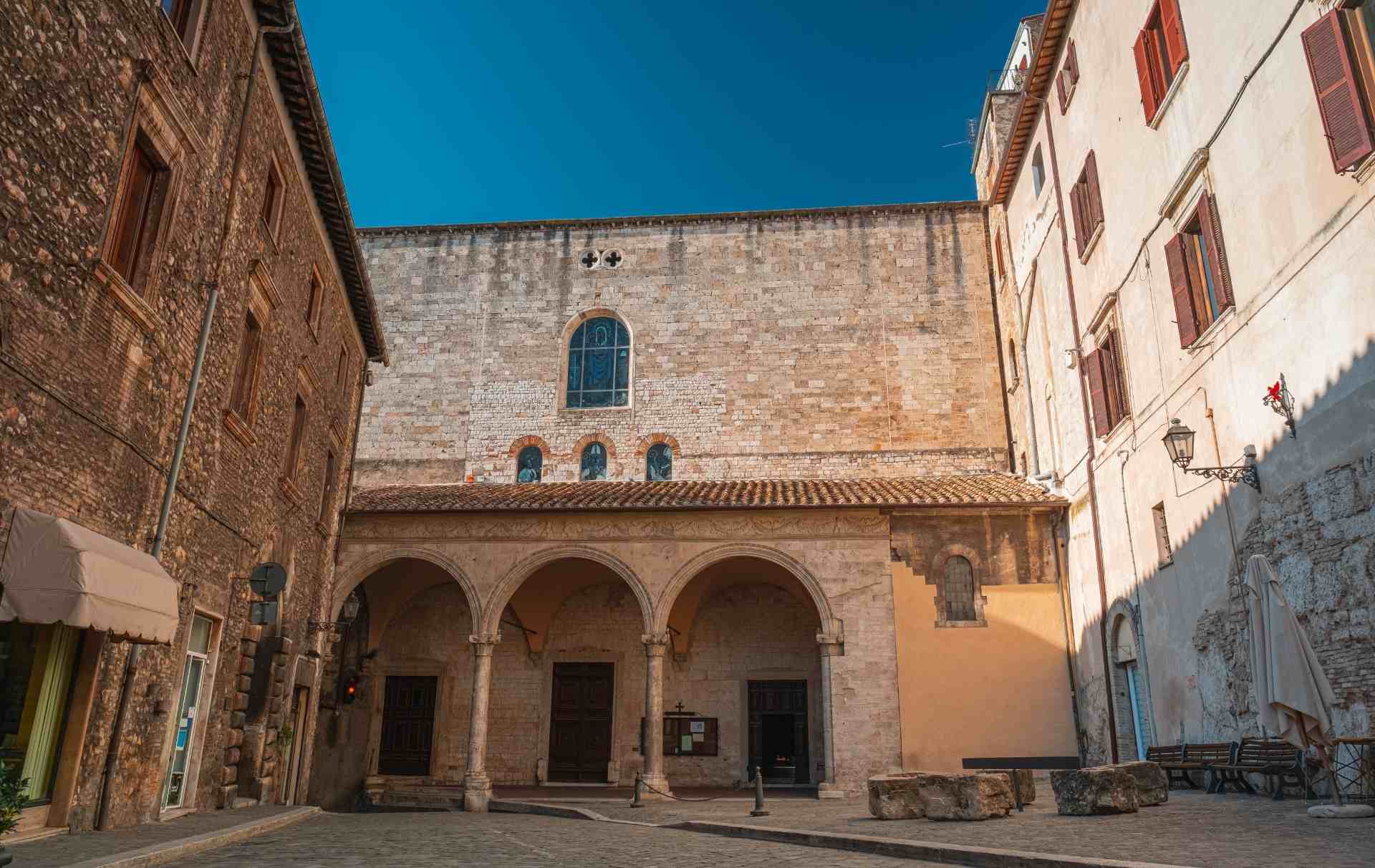The ancient castle of Borgaria.
The castle is mentioned for the first time in 1191 in the register of entries of the Diocese of Narni, but has much more ancient origins due to the several Roman ruins and epigraphs scattered around the village.
The study of the name has led to two interesting hypotheses related to the history of the place:
- the first linked to the term burgus – which was used by the Romans, in late times, to indicate a small fort – from which would have derived the name Burgus > Burgaria > Borgaria;
- the second linked to the term Longobard “arciporcaro” – that is the one who controlled the woods and pastures of pigs through a fortification – Arciporcaro > Porcaro > Porcaria > Borgaria.
The hypothesis suggests that the castle was part of the system of fortifications of Narni, already existing in Byzantine times, which included the tower of the current Castle of Bufone and the tower of the current Church of Santa Pudenziana.
The first certain date linked to Borgaria is 1291 when the inhabitants, along with those of Narni and Amelia, took refuge to pay some taxes to the Papal States.

What to see in Borgaria and around.
Borgaria today is a classic Umbrian village perched within its medieval walls.
Crossing the Porta Civica, on the right, you meet Palazzo Cesi built by the homonymous bishop in the sixteenth century. The Church of Saints Silvestro and Feliciano is located a short distance overlooking a beautiful panoramic terrace. In the main square of Borgaria there are the remains of the civic tower and those of a portal called “Porta dei Porci” (=Pigs Gate).
The beautiful Church of Santa Pudenziana is located in loc. Visciano under the hill where the village stands.
The Abbey of Sant’Angelo in Massa and Taizzano are located a short distance following the Via Tiberina (SS3ter) towards Narni, making the opposite direction you reach the small village of Vigne.
Borgaria
Borgaria – 05035, Narni
Borgaria can be visited on foot, leaving the car outside the walls.
We suggest parking the car near the principal entrance of the village.
Discover Narni.
Discover with us the places more interest near Borgaria.
Or discover the points of interest of Narni and of its territory:

Museum: archeological section
The presence of a travertine statue of a lion, once guarding a tomb – late republican, first imperial – welcomes us in the hall of

Via del Campanile
A stair that goes from Via Garibaldi clambers up through one of the highest points of Narni: Via del Campanile is one of the most

Cathedral of San Giovenale
Devoted to the first bishop of Narni who lived in the IV century BC, the Cathedral of San Giovenale is one of the most artistically,


